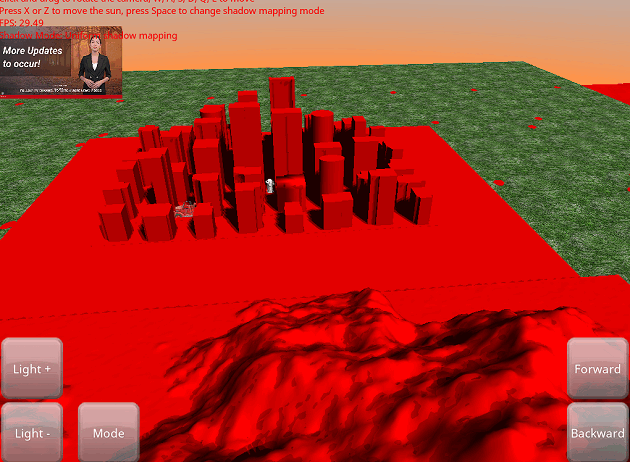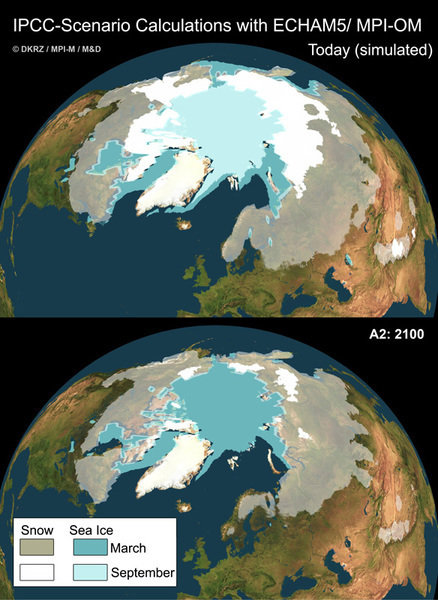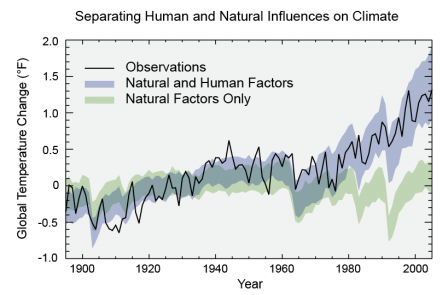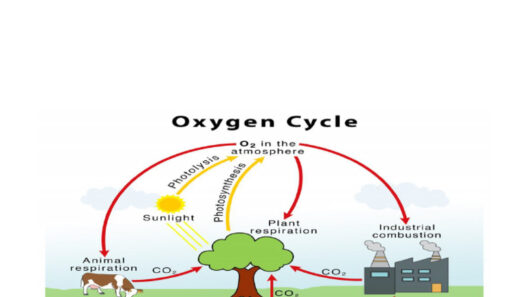In the vast, pixelated universe of Minecraft, players are granted the power to create, destroy, and reshape their environments. This sandbox realm, while seemingly a simple game, holds profound potential for education, particularly concerning pressing global issues such as climate change. One intriguing question arises: can you simulate global warming in Minecraft? Within the confines of this blocky world, players can experience the consequences of environmental decisions, thereby gaining a deeper understanding of climate dynamics.
To discern how global warming could be simulated within Minecraft, one must first unpack the essential mechanisms underpinning climate change in the real world. Climate change, primarily fueled by excessive carbon emissions, leads to rising temperatures, melting glaciers, and severe weather patterns. Much like a complex algorithm, these climatic changes yield reactions across an intricate network of ecosystems. In Minecraft, this metaphorical algorithm can be mirrored through various gameplay mechanics, invoking a deeper connection between virtual actions and their real-world implications.
Consider the biome system in Minecraft as a digital representation of Earth’s ecosystems. Each biome, with its unique flora and fauna, parallels the ecological diversity found in nature. When players experiment with altering these biomes—perhaps through building practices or resource management—this can serve as a microcosm reflecting the environmental maladaptation linked to global warming. For instance, as players expand their structures or exploit resources at an unsustainable rate, they may witness the degradation of their surroundings, akin to deforestation or habitat loss spurred by climate change in reality.
Additionally, the introduction of climate-related mods enhances the potential for realistic simulation. Players can utilize mods that adjust temperature gradients, precipitation patterns, and even the occurrence rates of natural disasters. These modifications transform the gaming experience, allowing players to engage in scenarios where rising temperatures yield droughts or floods, effectively replicating the consequences of global warming. Through these interactions, players can explore critical concepts such as the greenhouse effect, seasonal variations, and the fragility of ecosystems.
A vital aspect of simulating global warming in Minecraft lies in resource management and sustainability challenges. Players can enact decisions—from agriculture to forestry—that significantly impact their biome’s ecological health. Implementing sustainable practices can highlight the importance of biodiversity and conservation efforts. For example, if players over-farm crops within a given area, they might notice soil depletion and a decline in crop yield, paralleling real-world agricultural sustainability issues. Such in-game phenomena can prompt discussions about sustainable farming practices and the balance required to maintain ecological integrity.
Furthermore, collaborative gameplay can illuminate the collective action necessary to combat climate change. By forming communities within the game, players can share resources, strategize conservation efforts, and implement reforestation projects. This teamwork mirrors real-world initiatives where collaboration across nations is essential to address the global climate crisis. Inherent in this online camaraderie is an intrinsic message: a unified approach can effectuate change, embodying the spirit of activism required to tackle environmental issues.
Through these simulations, Minecraft serves as a bridge connecting virtual exploration with real-world consciousness. By meticulously crafting scenarios where glaciers melt or coastlines erode, players can visualize the tangible impacts of climate change. The game offers players the opportunity to experience firsthand the repercussions of inaction and the urgency needed in addressing climate challenges. Hence, the pixelated world acts not merely as a tool for entertainment but as a vehicle for enlightenment and environmental stewardship.
Moreover, educational institutions increasingly recognize the value of integrating gaming with learning. By incorporating gameplay into curricula, educators can cultivate a generation of environmentally aware individuals. Minecraft: Education Edition provides a semi-structured framework for instructors, enabling them to lead students through climate simulations while cultivating critical thinking skills. Activities can include designing sustainable cities or restoring damaged ecosystems, thereby fostering a deeper appreciation for environmental equilibrium among students.
Sparking curiosity and fostering a sense of agency in players is crucial in the fight against climate change. As the world grapples with this existential crisis, the ability to simulate these challenges in a familiar gaming format can be transformative. Players can become more than just passive consumers of information; they can assume roles as change agents both in-game and in reality. This empowers them to understand how their actions can ripple through ecosystems, much like climate-induced fluctuations impact weather patterns globally.
Ultimately, the question, “Can you simulate global warming in Minecraft?” transcends mere curiosity. It opens avenues for exploration, education, and activism within a digital realm that inspires creativity and engagement with fundamental environmental issues. Minecraft, as a medium, transcends its role as a game, becoming a catalyst for critical discussion and action against the backdrop of climate change. With every block placed and every biome altered, players are afforded insight into the fragility of our planet and the pressing need to advocate for sustainable futures.







